1
The Complete Guide to 1 Roti Calories and Nutrition
Roti, also known as chapati, is a staple flatbread consumed across the Indian subcontinent. Made traditionally from whole wheat flour, it is often preferred over rice for its higher fiber content and nutritional profile. Understanding the 1 Roti Calories count and nutritional components of roti is essential for anyone tracking their diet or managing their weight.
The following guide breaks down everything you need to know about the beloved Indian flatbread, using a standard calorie estimate of 70 calories per medium-sized 1 roti (made from approximately 20 grams of whole wheat flour, or atta, and cooked without oil or ghee).
Roti Basics and Preparation
What is roti, and how do you make it at home? (How to Make Roti)
Roti is an unleavened flatbread. It is typically a simple, healthy accompaniment to curries and vegetables. The traditional preparation involves minimal ingredients and is cooked quickly on a flat griddle (tawa) and often finished directly over an open flame to puff it up.
How to make the perfect Gehu Roti (Wheat Roti):
- Ingredients: You need two primary ingredients: whole wheat flour (atta) and water. A pinch of salt is optional.
- Kneading: Mix the flour and water gradually until a soft, smooth, and pliable dough is formed. The dough should be covered and allowed to rest for at least 20–30 minutes to allow the gluten to relax, resulting in softer rotis.
- Rolling: Pinch off small, equal portions of the dough (about 20 grams for a medium roti) and roll them into perfect spheres. Dip the ball in dry flour and roll it out into a thin, even circle, about 5–6 inches in diameter.
- Cooking (Tawa): Place the rolled roti on a hot tawa (griddle). Cook for about 30 seconds until small bubbles appear. Flip the roti and cook the second side until small blisters form.
- Puffing (Flame): Either gently press the roti with a cloth on the tawa or transfer it directly to a medium-high flame for 2–3 seconds. The steam trapped inside will cause the roti to fully inflate, yielding a soft, airy final product.
Are Gehu Roti (Wheat Roti) calories consistent, or do they vary?
The calories in roti can vary based on three main factors:
- Size and Thickness: A smaller, thinner roti uses less flour and has fewer calories than a large, thick one. Our standard estimate is based on 20g of flour (approx. 70 calories).
- Flour Type: While we focus on whole wheat flour (Gehu), refined flour or specific blends will alter the caloric count slightly.
- Oil/Ghee: Adding even a small amount of oil or ghee while kneading the dough, or brushing the cooked roti with fat (paratha style), dramatically increases the 1 roti calories (potentially adding 20–50 extra calories per piece). Our estimates assume zero added fat.
Detailed Roti Calorie Breakdown (1 to 10)
The following calculation uses the standard figure of 70 calories per medium, plain roti.
How many calories in 1 roti?
A single medium-sized wheat roti (about 5-6 inches diameter, 20g flour) contains approximately 70 calories.
This portion provides a great source of fiber and carbohydrates, forming the foundation of a traditional Indian meal without adding excess fat. For an individual aiming for a 2000-calorie daily diet, one roti represents a small, manageable portion of the meal’s total energy intake.
How many 2 roti calories?
Two medium wheat rotis contain approximately 140 calories (70 calories x 2).
Two rotis typically form the main carbohydrate portion of a standard serving size for a light lunch or dinner, providing about 25–30 grams of complex carbohydrates and essential dietary fiber. This calorie count is comparable to a single slice of whole-wheat bread.
How many 3 roti calories?
Three medium wheat rotis contain approximately 210 calories (70 calories x 3).
This is a common and balanced serving size for adults engaged in moderate physical activity. At 210 calories, these rotis contribute significantly to the energy required for the meal, usually alongside a large serving of vegetables and a protein source like lentils or curd.
How many 4 roti calories?
Four medium wheat rotis contain approximately 280 calories (70 calories x 4).
Consuming four rotis means you are ingesting close to 40 grams of carbohydrates. While still a healthy whole-grain option, individuals monitoring their carb intake or pursuing weight loss should be mindful that 280 calories represent nearly 15% of an average daily caloric requirement.
How many 5 roti calories?
Five medium wheat rotis contain approximately 350 calories (70 calories x 5).
A serving of five rotis is typically aimed at individuals with high caloric requirements, such as athletes, heavy laborers, or those with a very high metabolism. This intake provides substantial energy (nearly 1/5th of a 2000-calorie daily allowance) and a significant dose of dietary fiber, promoting satiety.
How many 6 roti calories?
Six medium wheat rotis contain approximately 420 calories (70 calories x 6).
Consuming 420 calories just from the flatbread portion of the meal is quite high for the average sedentary adult. If six rotis are consumed, the accompanying curry and side dishes should be low in fat to maintain a balanced total caloric intake for the meal.
How many 7 roti calories?
Seven medium wheat rotis contain approximately 490 calories (70 calories x 7).
How many 8 roti calories?
Eight medium wheat rotis contain approximately 560 calories (70 calories x 8).
How many 9 roti calories?
Nine medium wheat rotis contain approximately 630 calories (70 calories x 9).
How many 10 roti calories?
Ten medium wheat rotis contain approximately 700 calories (70 calories x 10).
A meal consisting of ten rotis delivers a significant caloric payload (700 calories), roughly equivalent to a large Western main course. This portion size is typically reserved for extreme cases of high energy demand and should be consumed with caution when tracking weight.
| Number of Rotis | Estimated Calories (70 cal/roti) | Carbohydrates (approx.) |
|---|---|---|
| 1 Roti Calories | 70 Calories | 13 g |
| 2 Roti Calories | 140 Calories | 26 g |
| 3 Roti Calories | 210 Calories | 39 g |
| 4 Roti Calories | 280 Calories | 52 g |
| 5 Roti Calories | 350 Calories | 65 g |
| 6 Roti Calories | 420 Calories | 78 g |
| 7 Roti Calories | 490 Calories | 91 g |
| 8 Roti Calories | 560 Calories | 104 g |
| 9 Roti Calories | 630 Calories | 117 g |
| 10 Roti Calories | 700 Calories | 130 g |
Roti Nutrition Facts and Health Profile
What are the primary Nutrition Facts for a standard wheat roti?
A standard, medium Gehu Roti (70 calories, 20g flour) provides excellent nutritional value, primarily because it uses whole wheat flour (atta), meaning the bran and germ are included, retaining crucial fiber and vitamins.
| Nutrient | Amount per 1 Roti (Approx.) | Daily Value Contribution |
|---|---|---|
| Calories | 70 kcal | 3.5% |
| Total Carbohydrates | 13 g | 4.3% |
| Dietary Fiber | 2 g | 8% |
| Protein | 2.5 g | 5% |
| Fat | 0.2 g | <1% |
| Iron | Good Source | |
| B Vitamins (Niacin, Folate) | Present |
The key takeaway is the high fiber content (2g per roti), which aids digestion, stabilizes blood sugar levels, and provides satiety, making the Gehu Roti a much better choice than flatbreads made from refined white flour.
Is wheat roti considered good for weight loss?
Yes, when eaten in moderation (typically 2–3 rotis per meal) and cooked without added fat, wheat roti is excellent for weight loss. Its whole-grain nature ensures a high fiber intake, which keeps you feeling full longer, reducing the likelihood of snacking between meals. It provides sustained energy, preventing the sharp blood sugar spikes associated with refined grains.
Exploring Roti Variations
What is the list of millet roti alternatives, and how do they compare in calories?
Millet flatbreads are increasingly popular, especially among those seeking gluten-free options or enhanced nutrition. While the caloric count is similar to Gehu Roti because the amount of flour used is roughly the same (approx. 70–85 calories per roti), millets offer a superior nutrient profile, particularly in terms of minerals and specific types of fiber.
Popular millet roti types include:
- Bajra Roti (Pearl Millet): Highly beneficial during colder months, Bajra is an excellent source of iron and Vitamin B. Calorie count is usually comparable or slightly higher (around 75–80 calories per roti).
- Jowar Roti (Sorghum): Naturally gluten-free and packed with protein and complex carbohydrates. Jowar roti is often lower on the Glycemic Index than wheat. Calorie count is around 70–75 calories.
- Ragi Roti (Finger Millet): Extremely rich in calcium, making it excellent for bone health. Ragi is particularly favored for weight management due to its high fiber and polyphenol content. Calorie count is similar (70–75 calories).
What are the benefits of choosing millet roti over standard gehu roti?
Millet rotis offer enhanced micronutrient delivery. They are generally:
- Gluten-Free: Essential for individuals with celiac disease or gluten sensitivity.
- Mineral-Rich: Ragi provides significantly more calcium than wheat, and Bajra is richer in iron.
- Diabetic-Friendly: Many millets, like Jowar, have a lower Glycemic Index (GI), meaning they cause a slower rise in blood sugar, making them ideal for managing Type 2 Diabetes.
Incorporating Roti into a Healthy Diet
Roti can be a healthy part of a balanced diet. Its versatility makes it easy to incorporate into various meals. Here are some ideas:
Pair it with vegetable curries: Roti complements a wide range of vegetable-based dishes, providing a filling and nutritious meal.
* **Use it as a wrap:** Fill roti with grilled chicken or fish, along with plenty of vegetables, for a healthy and satisfying lunch or dinner.
Make roti pizza:Use roti as a base for a healthier pizza alternative, topping it with your favorite vegetables and low-fat cheese.
Enjoy it with lentil soup: A comforting and nutritious combination, roti with lentil soup is a classic for a reason.
Pairing Roti for a Complete Meal
What are the best vegetables and curries to pair with roti for a balanced meal?
To maximize the nutritional benefits of wheat roti and manage the total meal calories, it is crucial to choose healthy side dishes. A balanced meal should combine the complex carbohydrates of the roti with high-fiber vegetables and lean protein.
Healthy Pairing Suggestions:
- High-Protein Partners: Any form of dal (lentils), chana masala (chickpeas), or rajma (kidney beans) provides essential protein that slows digestion and increases satiety.
- Best Vegetables (Low Calorie): Pair roti with dry vegetable preparations (sabzis) that use minimal oil. Excellent choices include:
- Bhindi (Okra): High in fiber and Vitamin K.
- Lauki (Bottle Gourd) or Zucchini: Very high water content, low in calories.
- Palak (Spinach) or Methi (Fenugreek): Excellent source of iron and folate.
- Avoid High-Fat Curries: When pairing roti, limit rich, creamy curries like Malai Kofta or those heavy in butter (like Butter Chicken/Paneer), as these will drastically increase the total meal calorie count, regardless of the roti calories consumed. Stick to simple, water-based tomato or yogurt gravies.
By understanding the calories in 1 roti and strategically choosing healthy pairings, you can ensure that Gehu Roti remains a staple, healthy, and satisfying part of your diet.

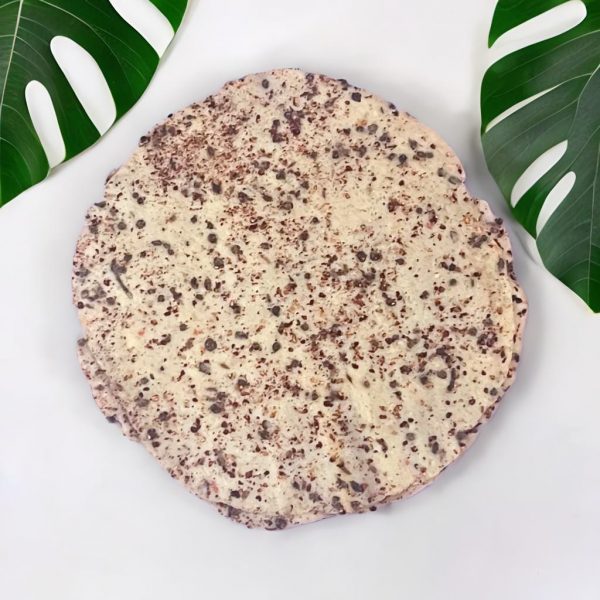
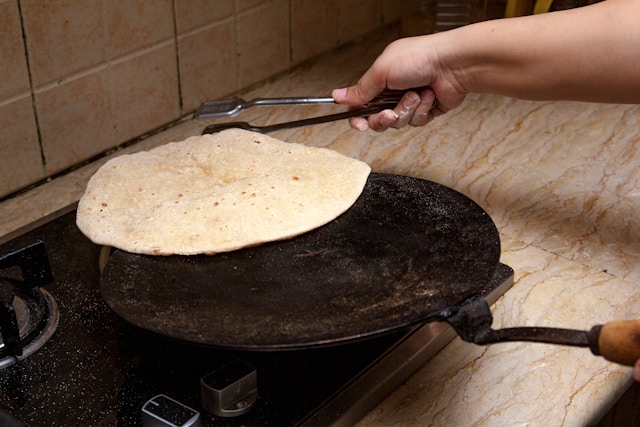
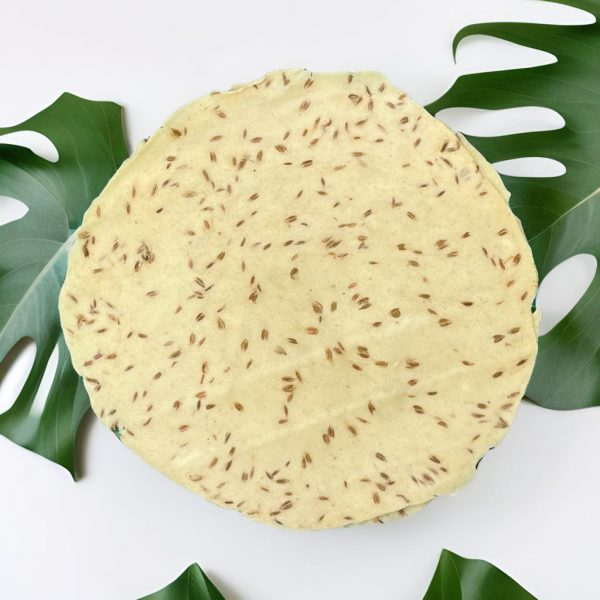
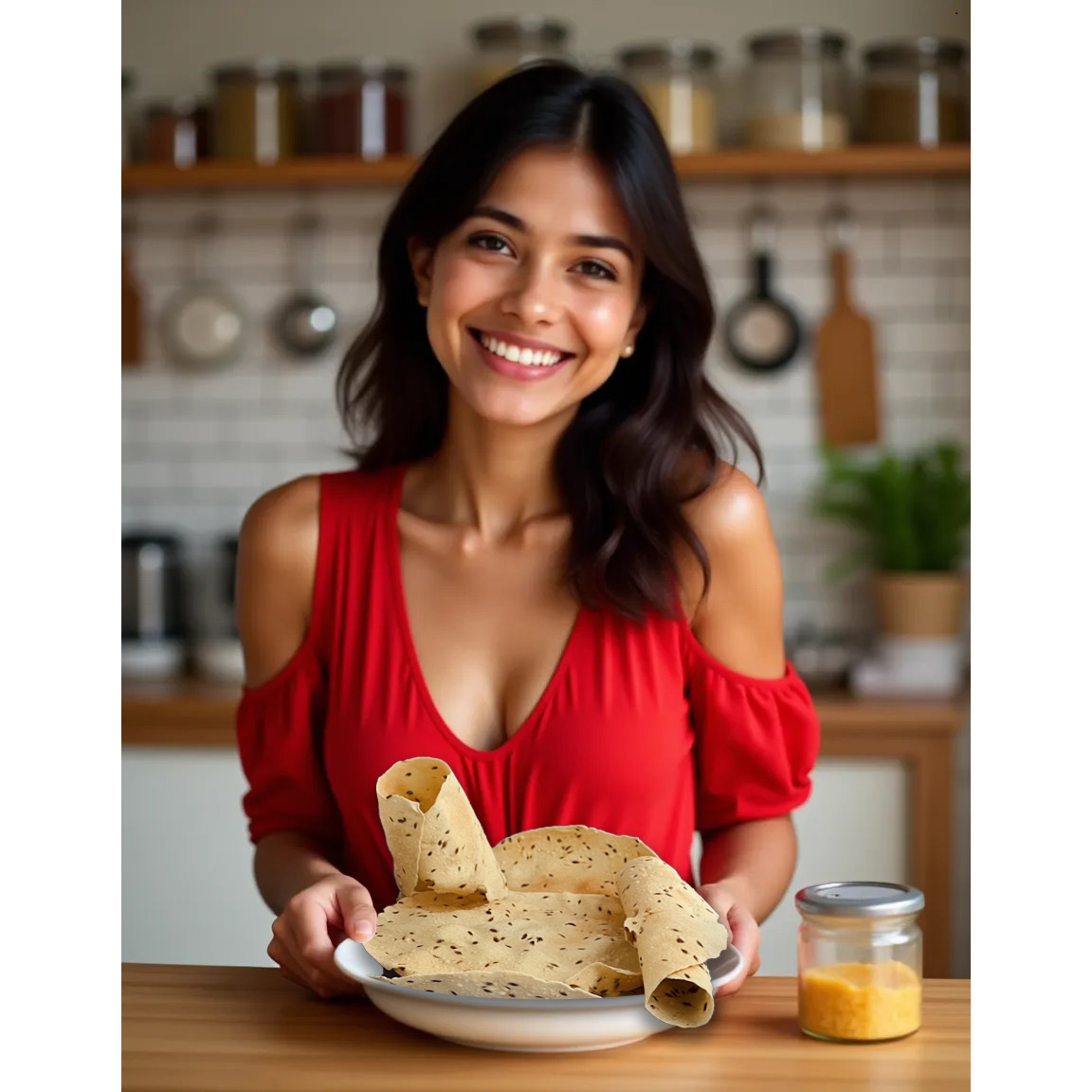

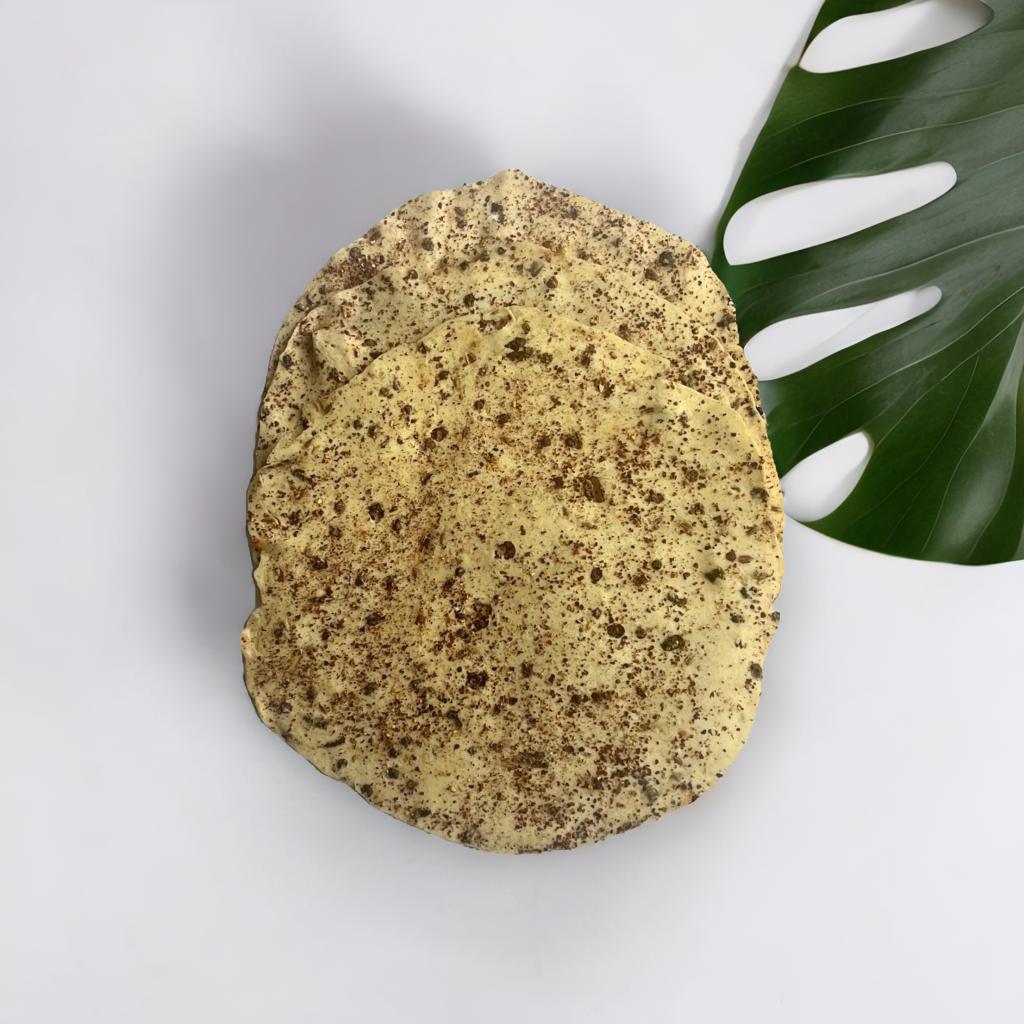
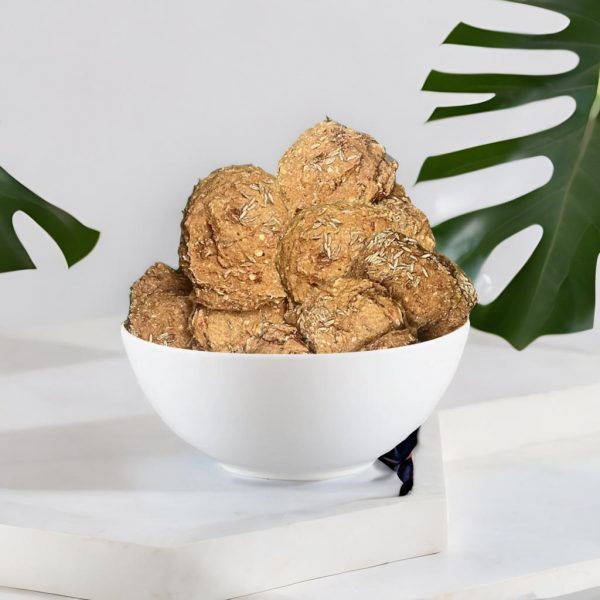
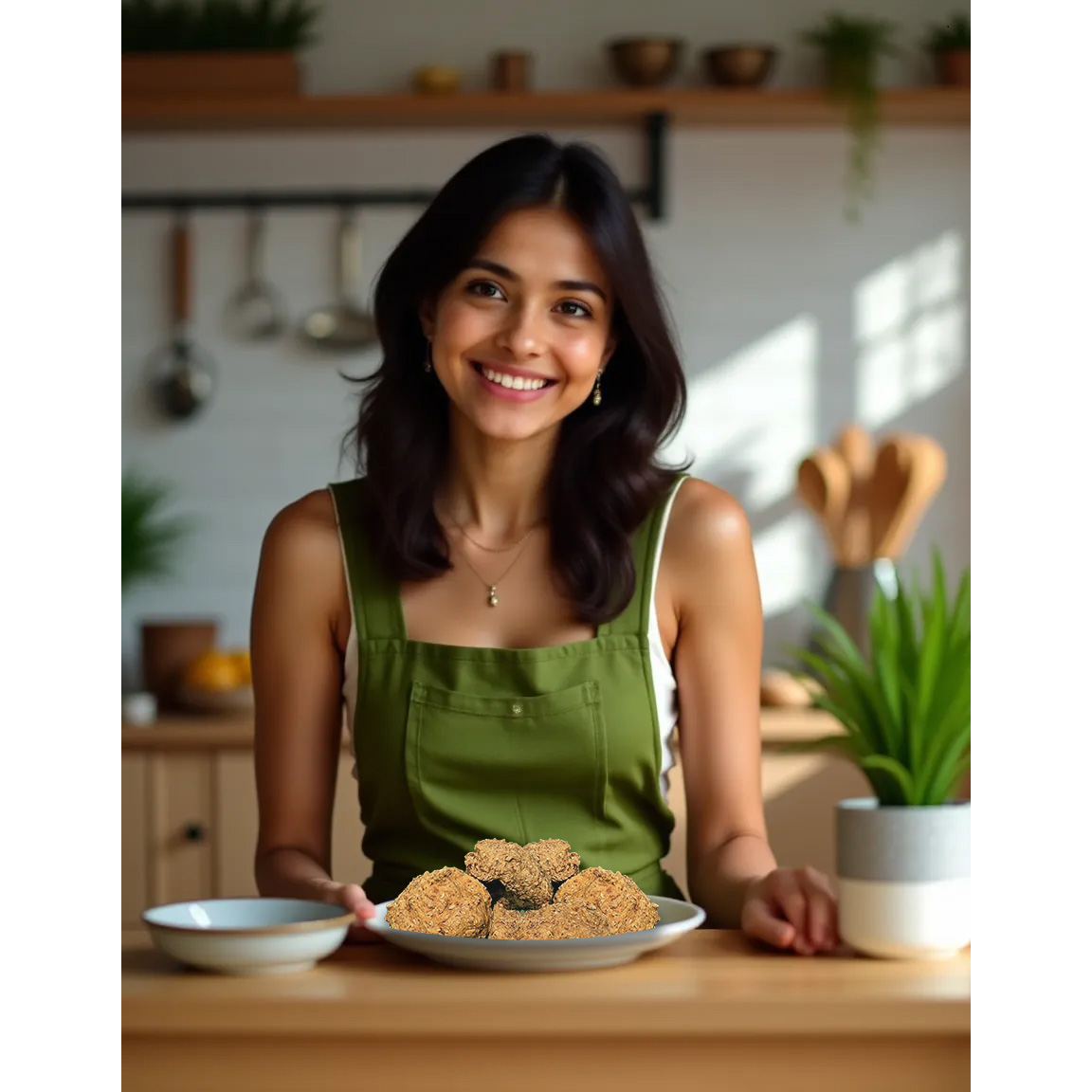
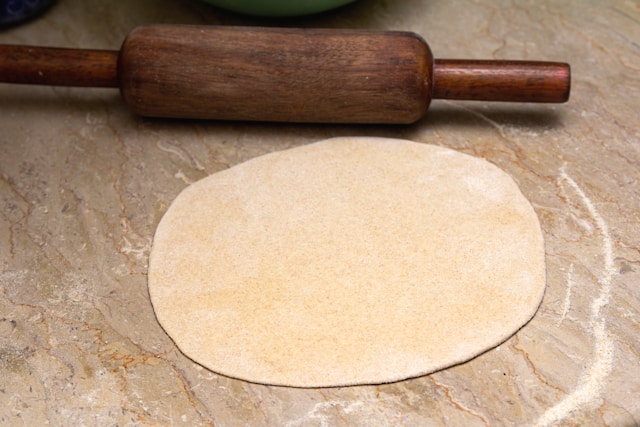
[…] roti offers “good calories” due to its high nutritional value. 1 roti calories (approx. 80-100 ) provides beneficial fiber and complex carbohydrates from whole wheat, promoting […]
Thank you for this detailed about roti calories. Most sites just give me the one number. but you actually explained me. Really appreciate the effort!
Thanks Simran
[…] comparing papad and wheat roti, roti is generally better. 1 Wheat roti calories, made from whole wheat flour, offers high fiber and complex carbs, making it nourishing. Papad, […]
[…] Wheat roti (chapati) is highly beneficial due to its use of whole wheat flour. It is rich in dietary fiber, crucial for healthy digestion and prolonged satiety. It provides steady, sustained energy from complex carbohydrates, along with essential B vitamins and iron. Naturally low in fat, it is an excellent choice for a balanced diet. More About 1 roti calories. […]
[…] around 106 calories.* A 40g roti packs about 120 calories.* Two rotis can contain approximately 260 Roti Calorie .* A 50g serving of whole wheat roti is estimated to be around 150 […]